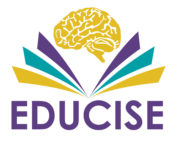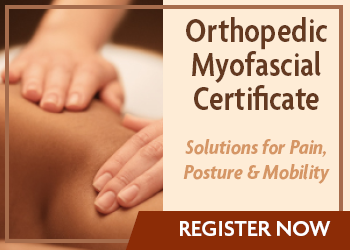In the News: Tech-Driven Approaches Improve TKA, THA Surgery and Recovery
Rehabilitation from total knee arthroplasty (TKA) or total hip arthroplasty (THA) may be a constant, but the time needed for rehab could be shortened, thanks to new ways of performing TKA, THA, and joint restoration surgeries.
In an April 21 article in the Miami Herald, reporter Caitlin Granfield writes about approaches to surgery that rely on technologies such as robotics and 3-D modeling to help create procedures that, among other recovery-enhancing qualities, minimize impact on surrounding muscles. Techniques include what Granfield describes as “quadriceps-sparing knee replacement, where surgeons lift the muscle and the knee-replacement surgery is performed from the side, with the incision much shorter than traditional knee replacement surgeries.”
“Over time, we’ve realized that certain muscles and tissues can simply be moved out of the way and don’t need to be detached,” one orthopedic surgeon says in the article.
In addition to the “quadriceps sparing” approach, the article describes other ways orthopedic surgery is focusing on techniques that improve recovery and function, including hip preservation surgery, and the use of a 3-D model of a patient’s leg that is uploaded to a computer that in turn directs a robotic arm to make precise cuts and accurately position the joint implant. Granfield also touches on custom-made implants and an even newer approach that uses “cooled radiofrequency energy” to provide pain relief for patients for whom surgery isn’t an option.
Attention to new approaches could well increase, now that the Centers for Medicare and Medicaid Services (CMS) has launched its Comprehensive Care for Joint Replacement (CJR) bundled care program in 67 metropolitan areas. That program requires hospitals performing TKA and THA to participate in payment systems based on an entire episode of care, from admission to 90 days postdischarge, rather than billing on a fee-for-service basis. The CJR system has ramifications for physical therapists (PTs) and physical therapist assistants (PTAs), and APTA has created a CJR resource page to help members stay informed on the program.
From:http://www.apta.org/PTinMotion/News/2016/4/26/TKATHATechnology/?utm_source=Informz&utm_medium=email&utm_campaign=Informz+email+link
Accessed April 29, 2016

